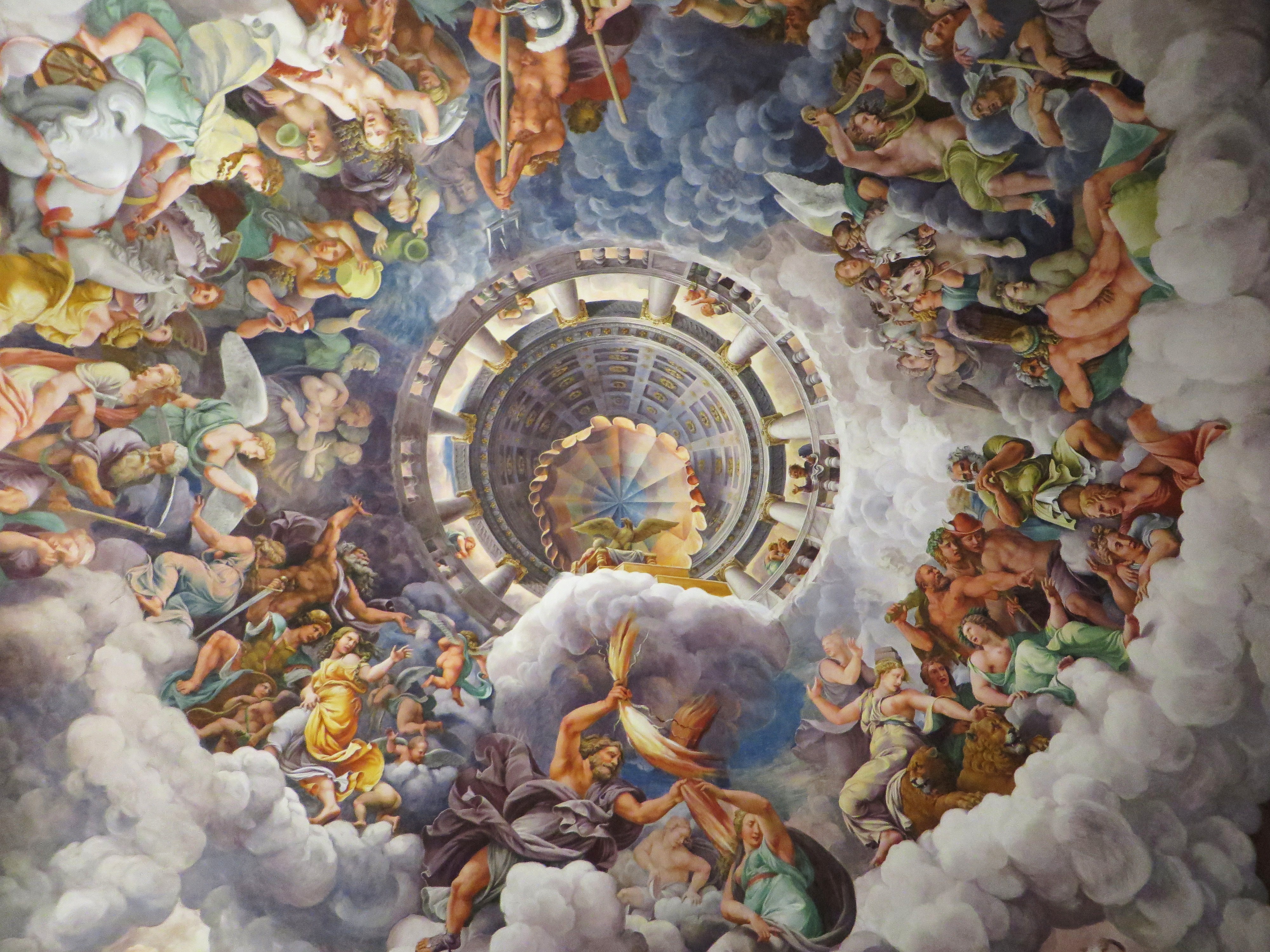
 We the Italians Editorial Staff
We the Italians Editorial Staff
Italian art: Palazzo Te in Mantua, 500 years of creativity
- WTI Magazine #185 Mar 22, 2025
-

 We the Italians Editorial Staff
We the Italians Editorial Staff
The Palazzo Te Foundation is preparing to celebrate the 500th anniversary of a place of wonder, born from the genius of Giulio Romano and the rise of Federico II Gonzaga—two young men at the beginning of the 16th century who were able to embody both the glory of the past and a great future. They did so by imagining and creating Palazzo Te, to tell a story of transformations, peace, heroism, and eroticism that still captivates audiences worldwide today.
The uniqueness of Palazzo Te stands as a singular achievement in the history of Gonzaga commissions and Giulio Romano’s works: started in 1525 and completed in 1535, a place of court, intimacy, and festivity, the palace hosted Emperor Charles V twice and, due to its magnificence, marked the Gonzaga family’s elevation to Dukes. Its architecture, interwoven with painting and literature, creates a space where the dramatic political transformations of the time mirror a humanistic and political agenda.
In this Palazzo-Wunderkammer, homage to the Ancients and reverence for the Gonzaga family intertwine in a highly cultivated and refined composition of literary and mythological references, thoughtfully designed to provoke awe. Two narratives stand out above the rest, giving life to two immortal works by Giulio Romano: the corner room with the Fable of Love and Psyche, and the one dedicated to the Fall of the Giants, both of which have now entered the universal visual imagination.
In recent years, the Palazzo Te Foundation has sought to transform the palace into a center for study and production focused on contemporary topics, without losing the unresolved existential tension that has always been part of its character. In this sense, the theme of Ovid’s Metamorphoses and the relationship with Nature have proved to be an effective lens for structuring cultural proposals capable of emphasizing the uniqueness of these masterpieces, while also renewing the perspective by engaging with the present day and carrying forward the legacy of ideas and beauty inherent in its origins.
The rich program of events begins on March 29, 2025, with the reinstallation of the introductory rooms, providing a new contextualization of the narrative path, enriched by a selection of Renaissance masterpieces. With loans from the Louvre Museum, the Albertina in Vienna, the Prado Museum, the Borghese Gallery, and the Uffizi Galleries, the exhibition From Chaos to Cosmos. Metamorphoses at Palazzo Te, curated by Claudia Cieri Via, has been conceived in dialogue with the palace’s frescoes to highlight the significance of Palazzo Te as a total work of art, bringing to light the countless references that emerge from a deeper reading of the many themes it holds.
The exhibition From Chaos to Cosmos. Metamorphoses at Palazzo Te is divided into 8 sections: The Fables of Ovid; The Cyclicality of Time; Virtue, Eros, and Power; Eros, Hybrids, and Sublimation; The Order of the Stars; Pride, Punishment, and Violence; Metamorphoses and Performances of Art in Nature; From Chaos to Cosmos: The Ancients, History, and Triumphs.
The programming includes a full calendar – in collaboration with local cultural institutions and artists – featuring classical and contemporary music concerts, theater performances, dance shows, readings, artist residencies, and educational workshops, all focused on the theme of Metamorphoses: an additional tribute to the creativity that the institution aims to be both the home and the sounding board for.
The 500th anniversary is also an opportunity for a series of interventions, which, in addition to the reopening of the Fruttiere (fruit rooms), will see the creation of new setups for events, the lighting of the Esedra garden, and the conservation-restoration of the wooden ceiling of the precious Love and Psyche Room, a true masterpiece of 16th-century art. In the fall, the installation of three seminar rooms will be completed for events and training activities that will enhance the educational programs now well-established through the experience of the Palazzo Te School.
All of these initiatives and activities confirm Palazzo Te as an essential destination for lovers of both ancient and contemporary art, as well as a space for promoting and developing intellectual thought, in continuity with its history dedicated to the inexhaustible force of creativity.Fine modulo